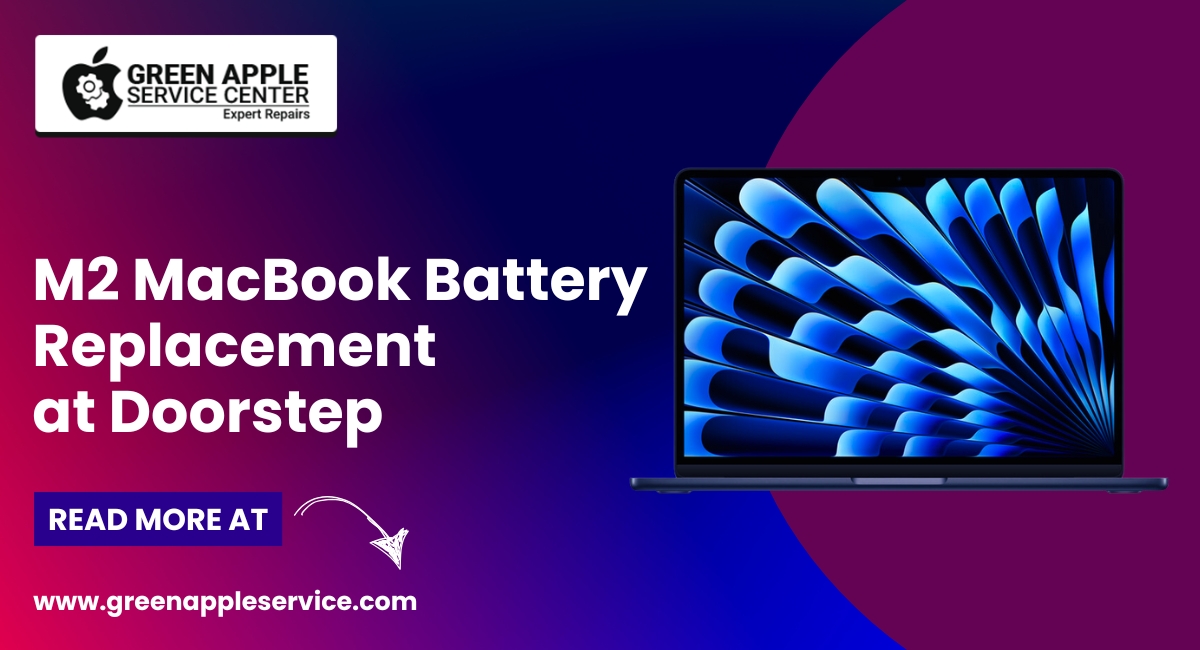Apple's Emergency Satellite Feature for iPhone 14: Everything You Need To Know

Apple is reportedly working on an emergency satellite feature for the iPhone 14, which is expected to be released in the fall of 2024. The feature will allow iPhone users to send texts and make calls even in areas without cellular coverage, by connecting to low Earth orbit satellites. Here's everything you need to know about this ground-breaking new feature.
How Will the Emergency Satellite Feature Work?
The emergency satellite feature will work by allowing iPhone users to connect to low Earth orbit satellites in the event that there is no cellular coverage in their area. The feature will use a modified version of Qualcomm's X60 modem, which will support satellite communications. This modem will be integrated into the iPhone 14's A18 chip, which will enable the phone to connect to the satellites.
The feature will work in a similar way to how satellite phones work, by using a different frequency band to communicate with the satellites. Users will be able to send texts and make calls even when they are out of range of any cellular network, as long as they have a clear line of sight to the sky.
Why is This Feature Important?
The emergency satellite feature is important because it will provide a lifeline for people in areas without cellular coverage. This includes people who live in rural areas, where cellular coverage can be spotty or non-existent, as well as people who are traveling in remote areas, such as hikers, campers, and boaters. In emergency situations, being able to call for help can be a matter of life and death. The emergency satellite feature will give people a way to call for help even when they are in areas where there is no cellular coverage.
What Are the Potential Downsides of the Feature?
There are a few potential downsides to the emergency satellite feature. One is that it may be expensive to use. Satellite communications are typically more expensive than cellular communications, and users may be charged a premium for using the feature.
Another potential downside is that the feature may not work well in areas with dense tree cover or tall buildings. In order to connect to the satellites, users will need to have a clear line of sight to the sky. This means that the feature may not work well in areas with lots of obstructions.
Finally, there are concerns that the emergency satellite feature may be used to bypass government censorship in countries with authoritarian regimes. If people are able to use the feature to communicate without being monitored, it could pose a threat to government control.
Conclusion
In conclusion, the emergency satellite feature for the iPhone 14 is a ground-breaking new feature that has the potential to save lives in emergency situations. While there are some potential downsides to the feature, the benefits of being able to call for help in areas without cellular coverage far outweigh the potential drawbacks.
















